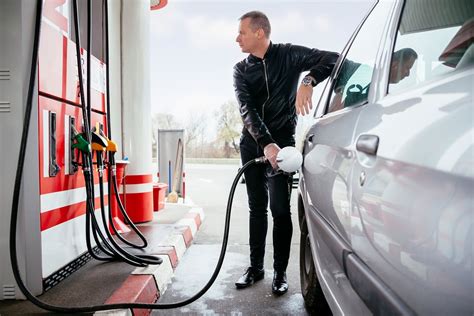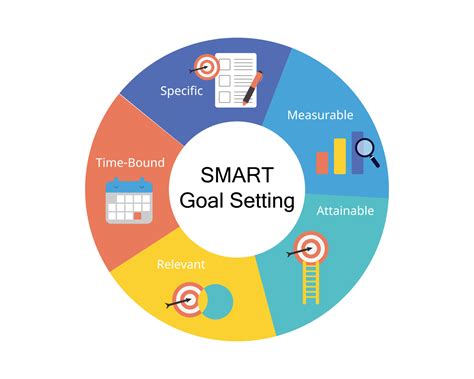With gas prices constantly fluctuating and often on the rise, finding ways to stretch your fuel dollar has become a priority for many drivers. Improving your car’s fuel economy isn’t just good for your wallet; it’s also better for the environment. Fortunately, you don’t need to buy a new car to see significant savings. By implementing a few simple yet effective strategies, you can drastically cut down on your monthly gas costs.
1. Prioritize Regular Vehicle Maintenance
One of the most impactful ways to boost your car’s fuel efficiency is by ensuring it’s in top mechanical condition. Neglecting basic maintenance can lead to your engine working harder than it needs to, burning more fuel in the process.
Check Tire Pressure Regularly
Underinflated tires create more rolling resistance, forcing your engine to use more power – and thus more fuel – to move the car. Checking your tire pressure at least once a month and keeping them inflated to the manufacturer’s recommended level (found on a sticker inside your driver’s side door jamb or in your owner’s manual) can improve fuel economy by up to 3%.
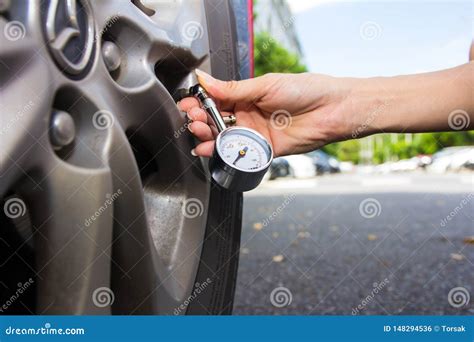
Maintain Engine Health
Regular oil changes with the correct type of oil reduce friction in the engine. A clean air filter ensures your engine gets enough air, allowing it to “breathe” properly and operate efficiently. A clogged air filter can reduce fuel economy by up to 10%. Spark plugs also play a crucial role; worn-out spark plugs can lead to misfires and inefficient combustion, wasting fuel.
2. Adopt Smarter Driving Habits
How you drive has a direct and substantial impact on your car’s fuel consumption. Aggressive driving, with rapid acceleration and hard braking, is a major fuel guzzler.
Drive Smoothly and Steadily
Think of yourself as having an egg under your accelerator pedal. Gradual acceleration and smooth braking can improve fuel economy by 10% to 40% in stop-and-go traffic and 5% to 30% at highway speeds. Anticipate traffic and avoid sudden changes in speed.
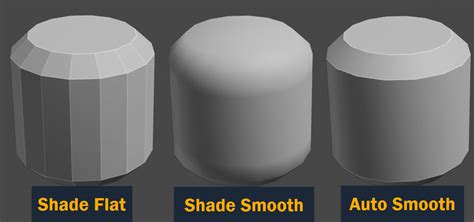
Mind Your Speed
Fuel efficiency typically decreases rapidly at speeds above 50 mph (80 km/h). For every 5 mph (8 km/h) you drive over 50 mph, it’s like paying an additional $0.35 per gallon for gas. Using cruise control on highways can help maintain a consistent speed, preventing unnecessary acceleration and deceleration.

Avoid Excessive Idling
Idling uses fuel without getting you anywhere. If you anticipate being stopped for more than 60 seconds (e.g., waiting in a drive-thru or picking someone up), it’s generally more fuel-efficient to turn off your engine and restart it when you’re ready to go. Modern cars are designed to handle frequent starts.
3. Plan Your Trips Efficiently
Strategic planning before you even put the key in the ignition can make a big difference in how much gas you use.
Combine Errands and Optimize Routes
Instead of making several short trips throughout the day, try to consolidate your errands into one longer trip. Map out the most efficient route using GPS to avoid backtracking and reduce total mileage. Short trips, especially when the engine is cold, consume more fuel as the engine hasn’t reached its optimal operating temperature.
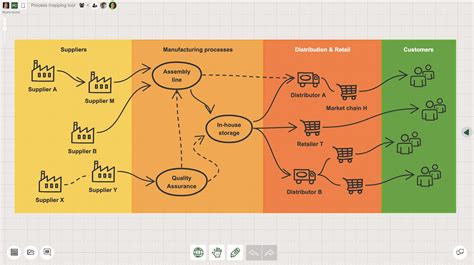
Minimize Unnecessary Weight
Remove any unnecessary heavy items from your car, such as sports equipment or tools you don’t need for daily driving. An extra 100 pounds can reduce a car’s fuel economy by about 1%. Also, remove roof racks or cargo carriers when not in use, as they create aerodynamic drag and significantly increase fuel consumption.

By integrating these three straightforward hacks into your driving and maintenance routine, you can significantly reduce your monthly gas expenses and enjoy the benefits of a more fuel-efficient vehicle. A little effort goes a long way in saving money at the pump and contributing to a greener planet.

